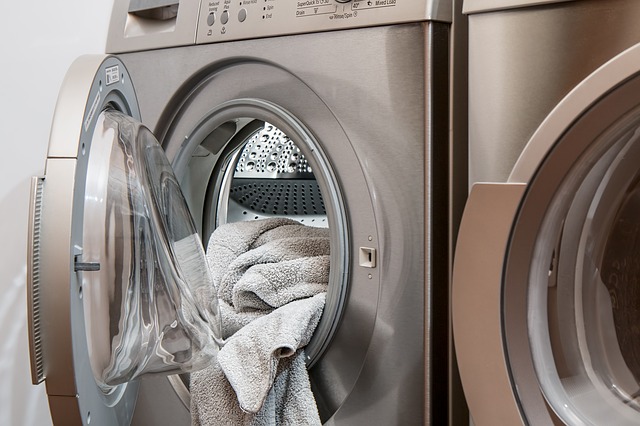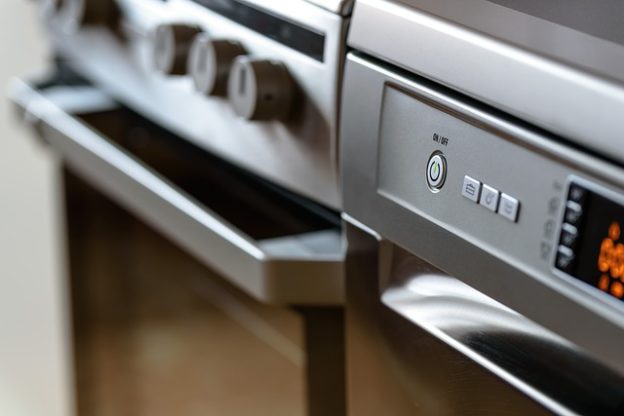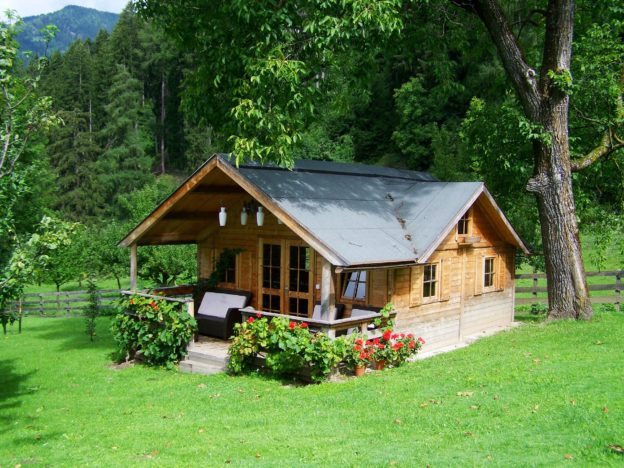Every month you plan on reducing your electricity bill, and yet when you receive the bill you get a shock. Why is that? The reason behind this is not planning properly. To reduce energy consumption and your electricity bill, the first and foremost thing to do is to identify the appliances that consume the most energy. Once you have identified them, then you can take necessary measures to reduce the consumption.
Replace Appliances like Washing Machines, Refridgerators, etc with Green Ones
If you go through this list and can see that a lot of your appliances are running up your energy bill, it may be worth the investment to replace them with ‘green’ machines. If you’re not sure which washing machines, dishwashers, or other home appliances are more energy efficient take a look at http://bestgear.org/, they have lots of great info and appliance guides. Yes there is a bit of up front cost involved with replacing machines, but long term it will more than pay for itself!

Appliances that use the most Energy
So, let us start with identifying the most energy consuming appliances. From there you can work on either reducing their energy consumption or replacing them.
- Air Conditioner and Room Heater – Air Conditioners in summer and Room Heaters in winter are a major source of energy consumption. About 47% of the energy consumption is due to these appliances. Electric baseboard heaters are very inefficient, systems like heat pumps and gas heaters can be better.
- Water Heater – Another potent source of energy consumption is water heating. Heating water for both shower and washing clothes consumes a lot of energy, which in turn leads to a price hike in your electricity bill.
- Washing and Drying Machines – Laundry at home is also the main cause of high electricity bill. Washing and drying machines consume almost 13% energy and the time needed to complete one cycle is quite a lot, which leads to a lot of consumption.
- Refrigerators – Though with each passing day modernized refrigerators are being invented that reduce the power consumption, the refrigerator is still a big source of energy consumption. It uses almost 4% of the energy and as we all know, refrigerators are on for almost 24/7 so a whole lot of power goes there.
- Light Bulbs – Light bulbs though are small and consume less, we use them more. We tend to overuse them and forget to turn them off when we are not in the room. This leads to an accumulated energy consumption which in turn increases the bill.
Besides these, there are the vampire devices, the ones that use energy even when turned off, such as set-top box, laptop, printer, modem, TV, etc.
Though these devices consume a lot of energy, it is not impossible to stop them. Here are few basic steps following which can lead to a reduction in the consumption.
- Unplug the appliances – After turning off the appliances, unplug them, so that the vampire devices cannot suck extra energy, as certain appliances even when left on a standby mode, can consume up to 20% energy. Therefore it is advisable to always unplug a device once the user is finished.
- Insulation – Proper insulation can lead to a lot less power consumption. Insulate your home as well as your water lines, to keep them warm, so that less power is required.
- Install solar and automatic light sensors – Installing them in the first place can be costly, but they will help you save a lot in the future. Install solar-powered light bulbs, so that the electricity consumption can be reduced. Also, installing an automatic light sensor on the outside or near the main door can help you save as well.
- Use LED lights – LED lights to consume less energy, yet provide more light. They are perfect for home usage.
- Buy Energy efficient appliances – You can check the energy star before buying an appliance. The more the no. of stars, the less power the said device consumes.
If you just make a few changes here and there, you should start to see a reduction in your energy bill even with the same appliances. Good luck!


